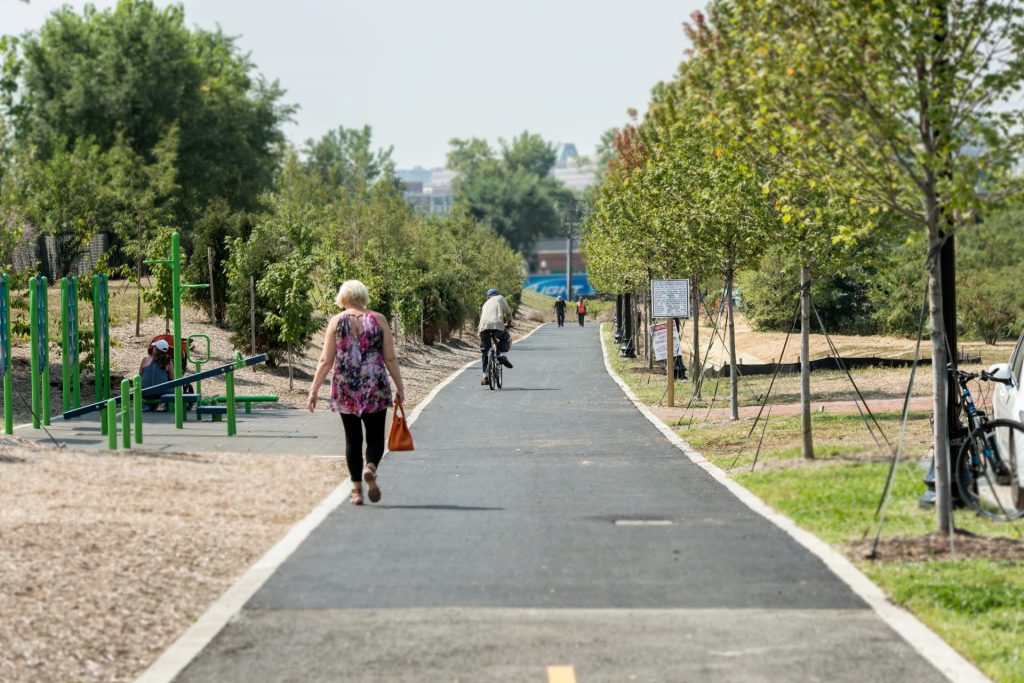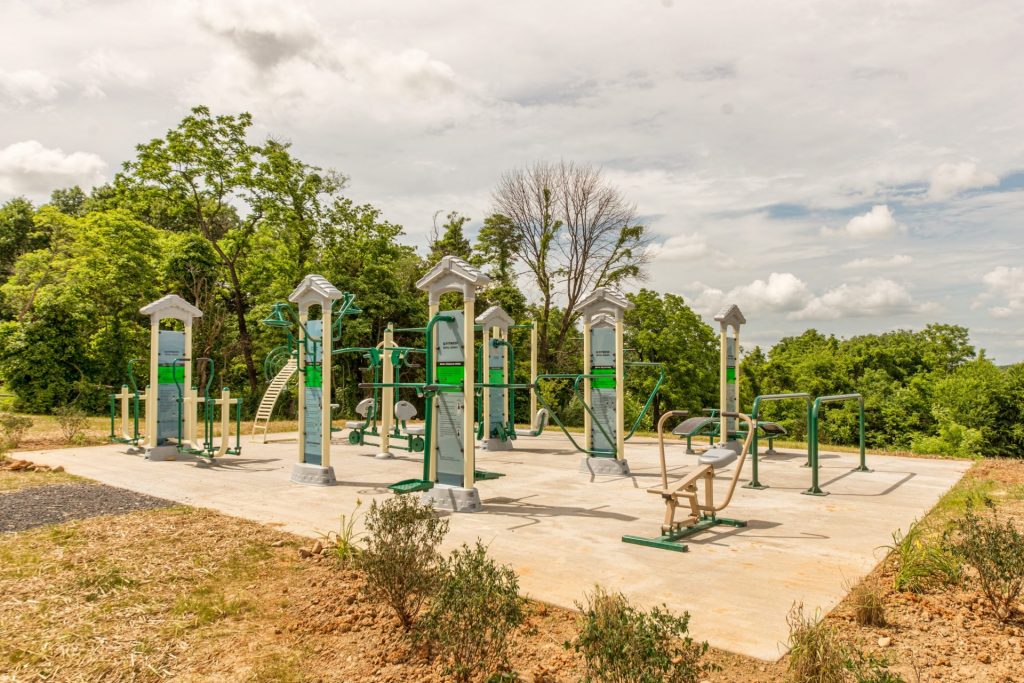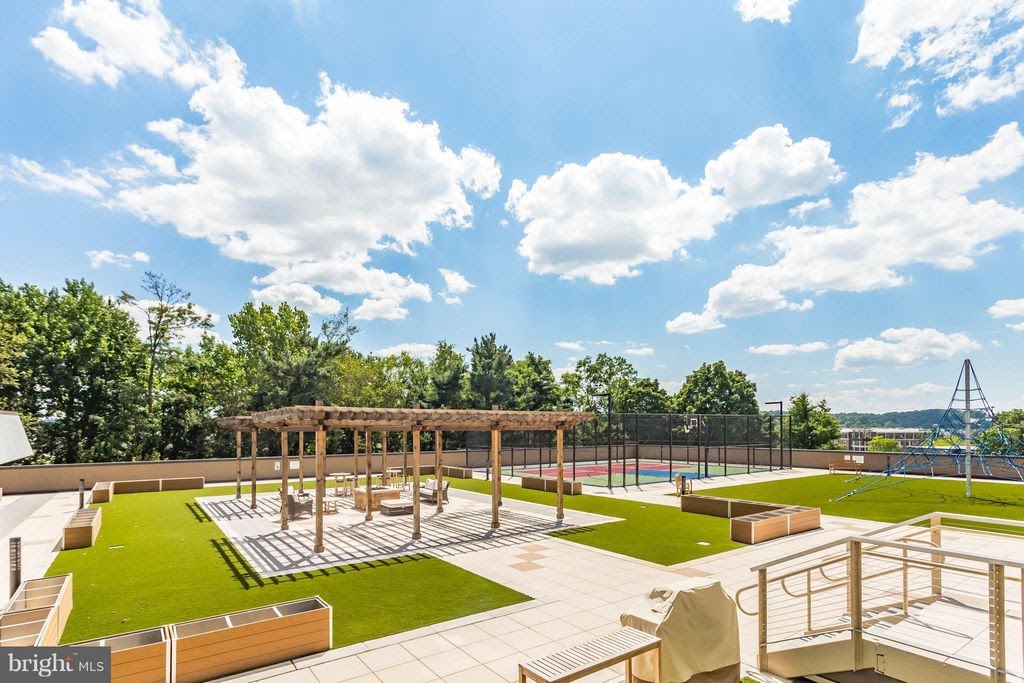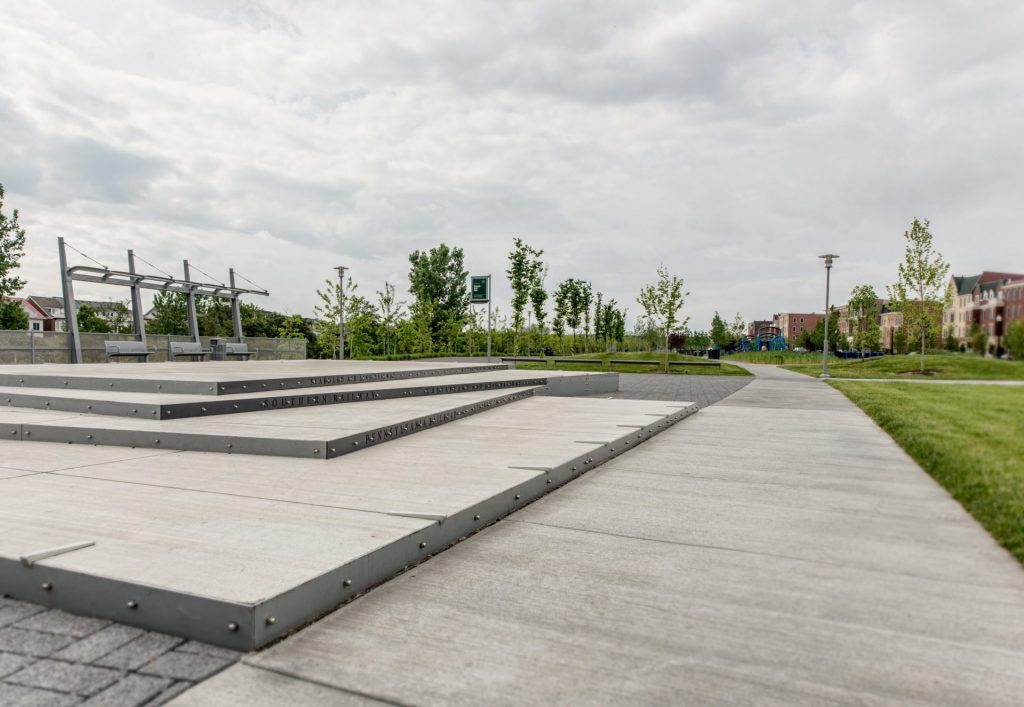
OUTDOOR FITNESS OPTIONS
It will be interesting, and hopefully inspirational, to see what new ideas and products arise out of the pandemic debris. As we move into month 8 of Social Distancing, we are seeing a huge increase in the need for outdoor recreation and fitness options. Although many gyms, private indoor pools, and fitness centers have started opening at a limited capacity, many people are still not comfortable utilizing the indoor facilities; or they don’t have access to the ones that have opened. City and County parks are at capacity, public open water areas are crowded, and some State and National Parks are overrun and understaffed.
People want to have access to places to exercise and stay fit, and many are willing to pay for a safe opportunity to do so, but the facilities are limited. Recent health directives have indicated that exercising outdoors is significantly less risky than exercising indoors with a group of people, even if you are able to maintain a 6-10-foot distance. The World Health Organization recently stated that small respiratory droplets may linger in the air longer than originally thought and may be able to travel further than originally thought. Yet another reason why some folks would feel much safer exercising outdoors.
Until recently, outdoor fitness facilities have largely been limited to walking and running paths, sports fields and courts, swimming pools, fitness paths with stations along the route, and adventure fitness such as ropes courses, agility courses, and obstacle courses. When these options are added to hiking, biking, and running trails, it is a fairly significant list of options, but what is lacking is this: outdoor group fitness class facilities. Spaces that facilitate small to medium groups gathering at a safe distance from one another to exercise together while achieving socialization as well. Specifically, multi-use spaces with shock-absorbing surface, all-weather materials, shade options, equipment storage, and electrical connections (for music, fans, lights, etc.).
These outdoor group fitness spaces could be incorporated into private gym Group Exercise class offerings, personal training options, and sports conditioning programs. The concept can also be applied to a number of other scenarios: new developments that want to offer homeowners an array of fitness options, Parks and Recreation departments that are feeling pinched by the lack of class offerings, college campuses that want to make sure students are provided with safe exercise options, and large corporations that typically offer fitness options for employee breaks. With thoughtful design, proper maintenance, and versatile programming ideas, these spaces could be beneficial functional spaces for years to come; long after the pandemic is over.
Many of LPDA’s clients projects demand program flexibility and optimization of space. Outdoor space design is more about “what can happen here” then it’s specific uses. Multi-use recreation spaces, outdoor fitness facilities, innovative active lifestyle options, and multi-use linear parks are often an integral part of an LPDA site plan. Lawn panels are sometimes designed with reinforcement under the turf to retain a firm flat surface; light poles include electrical outlets; and plazas are meant to support myriad of events and uses. Park 365 in Richmond, VA includes several large multi-use lawn spaces, oriented with the building and also away from it. However a more deliberately focused fitness area is provided on the outdoor side of the interior fitness and activity area providing opportunities for games, fitness and therapy that are built into the landscape.
Two more projects that have incorporated flexible exercise spaces into the overall scope of fitness and wellness amenities are Templeton Condominiums and Potomac Yard Park, both in Alexandria, Virginia. At the high-rise Templeton condominium complex, LPDA design an outdoor recreation space adjacent to an existing pool and clubhouse. The new outdoor space includes a kid’s climbing structure, a covered seating or gathering space, a flexible athletic court and soft turf transitional spaces. Both the plaza and the courts could be used for group fitness, if desired by the private condominium community.
Potomac Yard Park is a linear public park along the Potomac Yard Trail and old railroad tracks. The 1.5-mile stretch of park is well-loved in the community and provides a variety of recreation types. There are athletic courts, playgrounds with poured rubber surfacing, multi-use paths, plazas, bike amenities, turf courts, overlooks plazas, and several open flat turf areas. The trail also has a variety of fitness stations along its length, which could be incorporated into group fitness programs that include running on the trail. The cushioned playground surface is perfect for high-intensity fitness classes, and the basketball and tennis courts could be used for athletic conditioning classes or sports training camps. Open lawn areas are ideal for group yoga or stretching classes, and the large open plazas would be a great space for Tai Chi, Pilates, or strength classes.
During these strange and uncertain times, LPDA is continuing to explore creative and cost-effective ways to provide the highest quality multi-use recreation spaces for our clients. Our work and successful park designs are flexible, respond to program needs and sites in comprehensive, inclusive ways.




